Need a fall home maintenance checklist to keep yourself on track before winter arrives? You’re making a wise choice for improving your home during the fall season.
If you haven’t heard, Farmers’ Almanac is predicting a snowy, bone-chilling winter in New England for the 2021-2022 season. Not to mention, natural gas prices have risen by 99% and may continue to climb higher. Electricity costs are projected to rise by 22%. This means that you have to keep your home warm and maintain that heat inside, all without going bankrupt from skyrocketing heating bills.
With frigid temperatures and rising energy costs, we have some good news to help you through the season:
- Insulate your home in key areas such as windows, entry doors, vinyl siding, and roofing
- Ensure all air leaks are efficiently sealed to reduce energy loss. Our partner at HomeWorks Energy can help with a no-cost audit
- Prevent ice dams with a new roof and adequate ventilation in the attic space
- Replacing single-pane windows can yield an energy savings of up to $583 annually.
Coastal Windows & Exteriors wants you to protect what matters most this fall. This fall home maintenance checklist will help you transform home improvement and get your home in tip-top shape for the season and beyond.
These 12 tasks will help improve the performance of your home while keeping headaches like ice dams and drafty windows at bay.
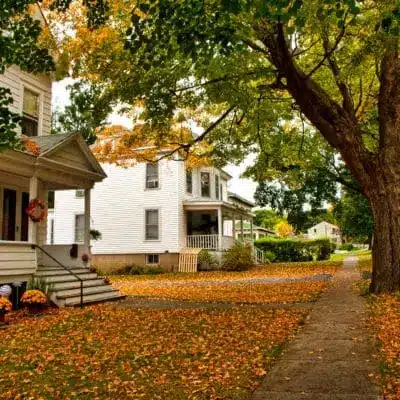
1. Clean and Sanitize Inside the Home for Flu Season and COVID-19
Everyone knows about spring cleaning, but fall presents its own opportunity for cleaning. This is especially the case with flu season and COVID-19. It’s critically important now more than ever to keep your home sanitized. This pandemic preparedness checklist can help you with sanitation during the fall and winter.
Some COVID-19 sanitation tips from the CDC include:
- Clean surfaces inside the home with soap and water, then use disinfectant
- Use this specific list of disinfectants to protect against COVID-19
- Wear disposable gloves for routine sanitation regimens
- Change air filters to prevent airborne illnesses from spreading
- Weather permitting, open windows to allow fresh air inside the home
- If possible, do not share a bedroom or bathroom with someone who is sick
2. Tend to Fallen Leaves

Feeling overwhelmed by the blanket of leaves in your yard? These tips can help you tackle this chore as efficiently as possible.
- According to Bob Villa, it’s best to wait until your trees are almost bare to begin raking your leaves.
- You’ll also want to invest in the right rake, using one with a wider tine spread of about 30 inches.
- You can also take advantage of a breezy autumn day by raking in the same direction as the wind.
- Another option is to mulch your leaves with a mower, which helps keep your soil healthy. This is one of the best fall home maintenance tips to take care of your lawn.
3. Prepare Your Mower for Winter
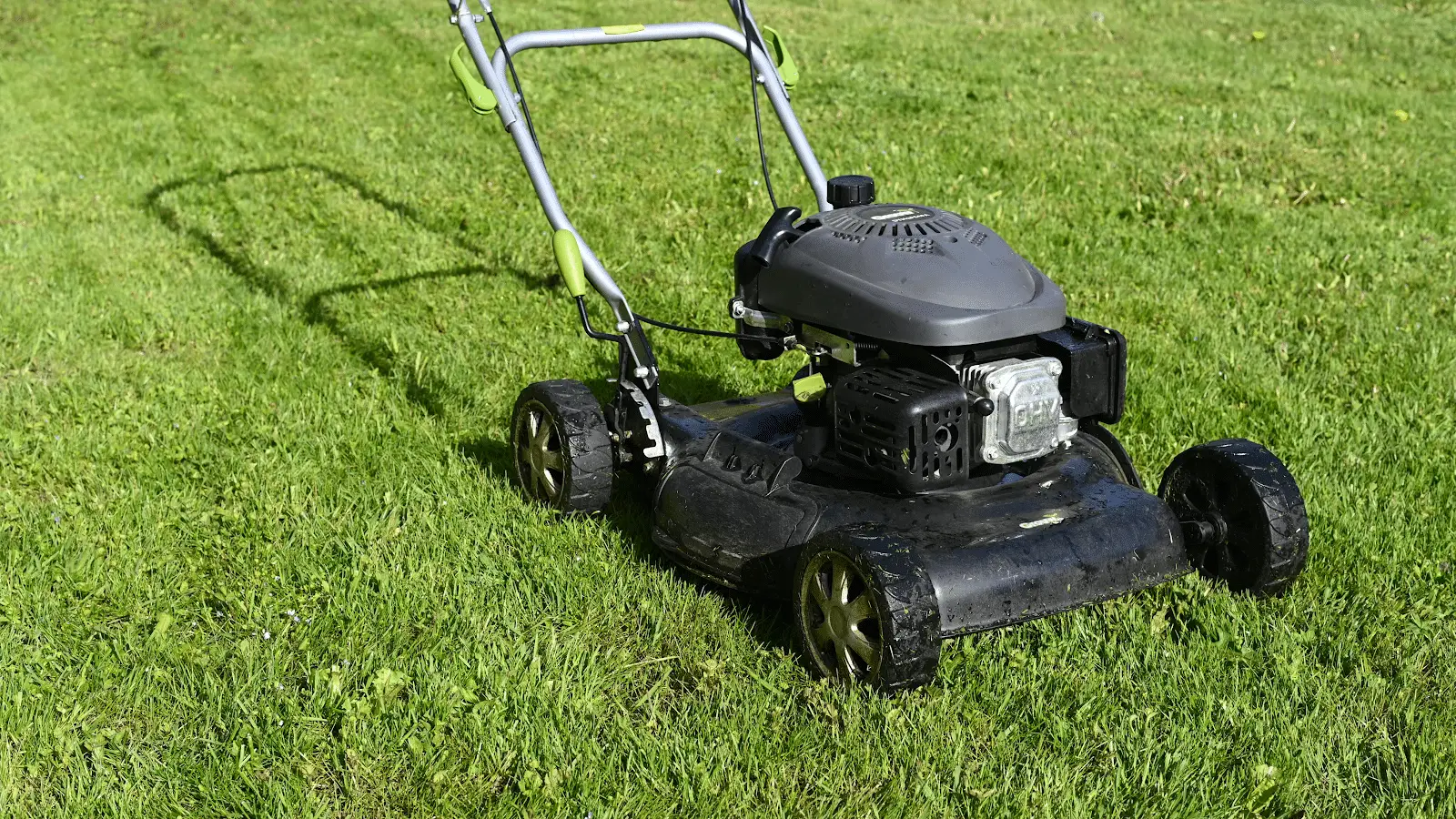
When you’re ready to pack up lawn equipment for the winter, stow your mower. Some lawnmower care tips include:
- Turn the mower on its side and clean out accumulated grass and gunk from the summer months.
- If a mower sits for months with gas inside, it can damage the internal engine parts.
- Use a fuel stabilizer to keep the engine from degrading.
- Drain Your Mower of Gasoline as it helps to prevent sediment buildup.
4. Check Your Gutters (Take Action to Prevent Ice Dams Now)

If you discover clogs, remove them before they wreak havoc on your foundation. Clean gutters are essential to the health of your exterior, ranging from your roof to your foundation. Keeping safety at the top of your mind, these are some gutter cleaning tips for New England homeowners:
- While you’re tending to your gutters, take the time to look over your roof for damage. Check for issues such as missing shingles, curled shingles, or moss and algae growth. Consider roof replacement if you discover these problems. If you do not have gutter covers, you’ll need to manually remove debris after most of the leave fall
- Wait for a day when the leaves inside the gutters are dry
- Wear safety glasses and thick gloves to protect your eyes and hands.
- When using a ladder, never climb above the second to last step and do not extend your reach
5. Get Your Furnace Serviced (Potentially Lower Energy Bills)
In a climate like New England, your furnace becomes a workhorse during the winter. Professional servicing of your HVAC system can give you peace of mind and increase its efficiency.
- At the very least, be sure to replace your furnace filter.
- This will provide cleaner air in your home this fall while potentially reducing the spread of airborne illnesses.
- We love our partner Perfect Climate to help with your forced hot air furnaces.
6. Inspect Your Roof for Loose or Missing Shingles
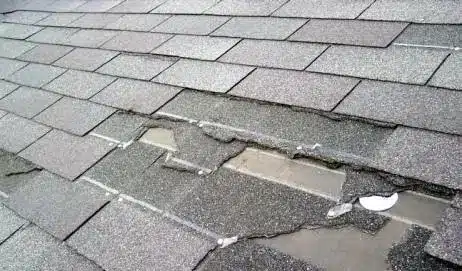
Not only is this important for the general maintenance of your home, but it’s also critical for the performance of the roof.
- Take a pair of binoculars and look at your roof. If you see curled or missing shingles, it’s time to take action.
- Missing shingles can result in moisture making its way into your attic space. This can yield mold on the wood rafter beams.
- Furthermore, missing shingles can ultimately allow energy to escape. This will ultimately result in high energy bills when the temperatures turn cold.
7. Check Your Windows and Doors for Drafts (Prevent Heat Loss)

Drafty windows and doors can cause energy bills to soar. This is caused by air infiltration, which allows energy to escape and makes your home feel drafty. As natural gas prices are becoming more expensive than ever, it’s critical to prevent heat from escaping this winter season.
- Drafts can enter through various areas of windows and doors. Make sure you check the frames on both windows and doors.
- With windows, you’ll find air infiltration through the sash, the sill, and where the sash meets the frame aka meeting rail.
- You can also detect drafty windows and doors by using an incense stick to detect drafts by watching for movement in the smoke.
- Also, look for any cracks and/openings in the glass or weatherstripping areas.
8. Think Ahead: Get Smart and Protect Your Home
- Replace Smoke Detector Batteries. House fires are more frequent in the fall and winter. Be sure to replace your smoke detector battery.
- Get a Smart Thermostat. Consider investing in a programmable thermostat. This can help you save money while saving energy at the same time.
- Schedule an Annual Chimney Sweep. Check your chimney for soot buildup. Have it swept if there is 1/8 inch or more of soot.
- Arrange for Firewood. If you use your fireplace for heating purposes, get a head start on chopping or ordering firewood. Store dry firewood at least 15 feet away from your home. This will help reduce the risk of termite infestation.
- Consider vinyl siding installation as it’s termite resistant which is low maintenance and the benefit of innovative thermal resistance technology.
9. Check for Exterior Damage (Seal up Sources of Heat Loss)
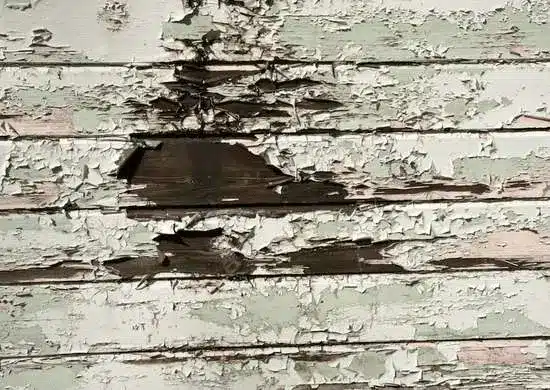 Source: Bob Vila
Source: Bob Vila
Damage and cracks aren’t always cosmetic problems when it comes to your exterior. There is typically trouble lurking beneath the surface when you find damage to windows, doors, siding, and roofing. Bob Vila states, “Siding protects your home from the elements, keeping your family comfortable and safe and if your siding has begun to rot or crumble, then it cannot perform its vital role.” You can trust that our vinyl siding will not decay with New England weather.
Give your home’s exterior a once-over. You’ll want to look for the following:
- Check for any cracks in your foundation
- Rotting, chipped, or loose siding panels and windows
- Loose or missing roofing shingles (see tip #8 for more details)
- Gaps around the window frames or seals
- Clogged, rusty, or broken gutters
- Areas where the exterior is missing, exposing your home to the elements
10. Keep Critters out of Your Home
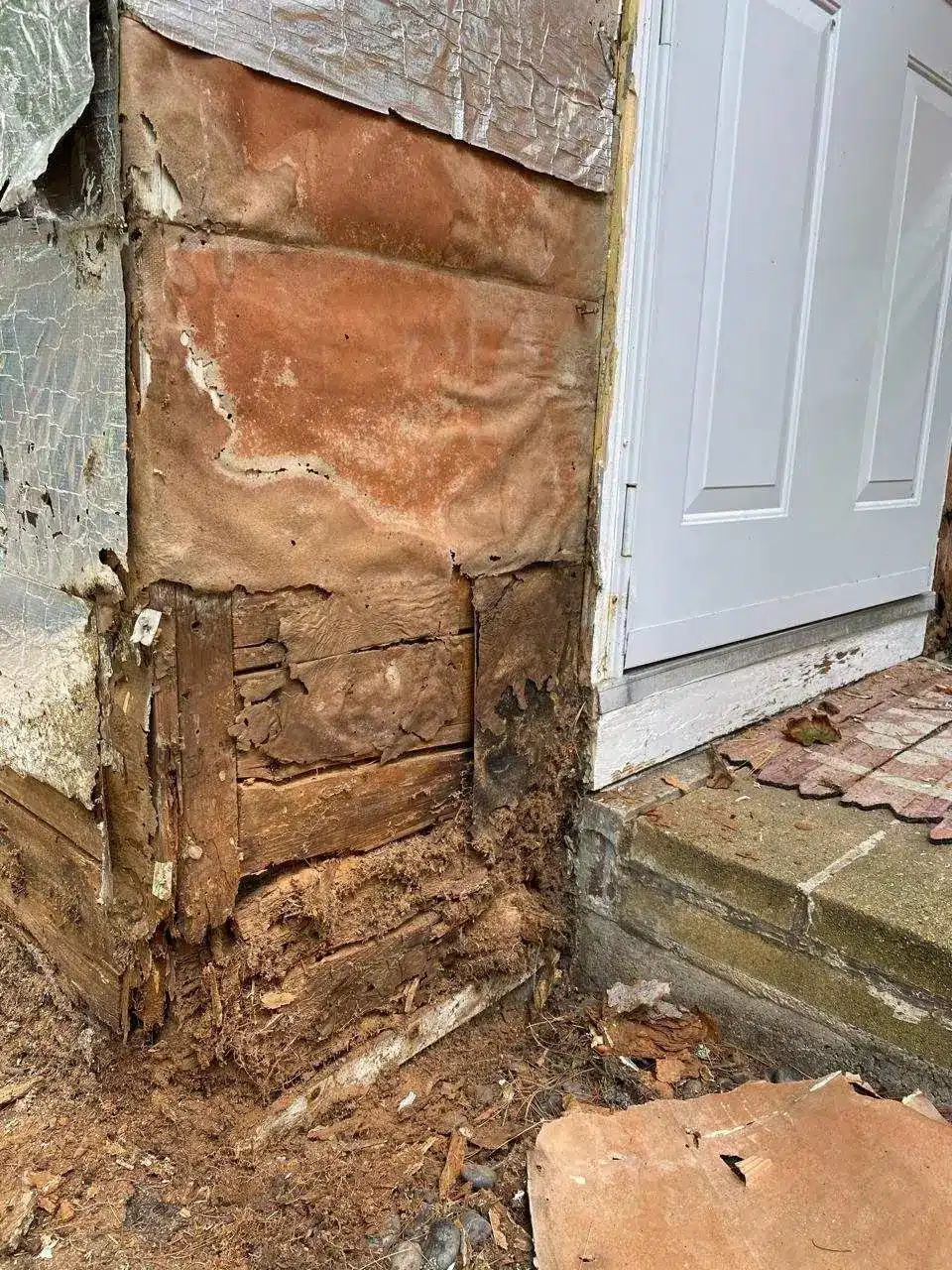
When temperatures drop, critters ranging from insects to rodents are looking for a warm spot for the winter.
- Seal any gaps where critters can crawl into your home. Keep in mind that mice only need a tiny entryway to make your house their home. In fact, a mouse only needs a crack of about 1/4th inch to squeeze through! This is about the width of a pencil.
- You can easily fill gaps with heavy-duty hardware cloth to keep mice, squirrels, and other wildlife outdoors.
- Consider Vinyl Siding Installation: With vinyl siding installation, there is no worrying about critters chewing through the exterior. Vinyl also doesn’t look like a delicious feast to termites, so this wood-related issue of exterior siding becomes a problem of the past.
11. Prevent Future Falls & Ice Dams
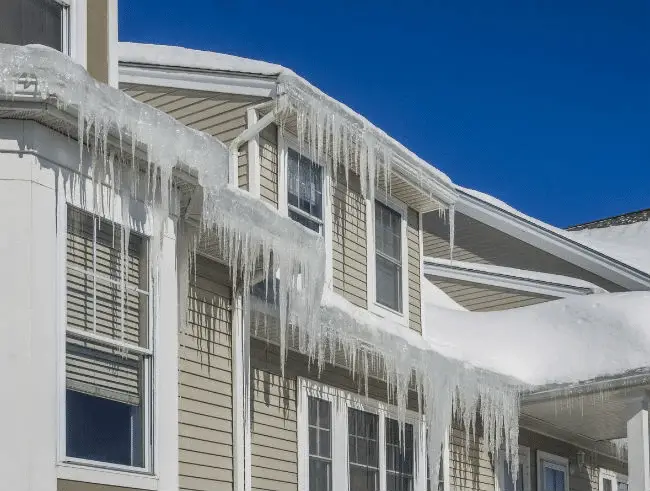 Source: Bob Vila
Source: Bob Vila
Check for tripping hazards outside of your home. New England winters are icy, especially for the 2021-2022 season. Unfortunately, there are plenty of opportunities to trip on sidewalks and driveways.
Speaking of ice, ice dams are another major challenge that homeowners face in cold weather. Ice dams form when your attic space is too warm, which makes the snowmelt off your roof and collect in the gutter. From there, it freezes and ice dams will form.
Worse yet, dripping water from melted ice dams can collect on your porch or driveway and re-freeze, causing serious tripping hazards.
How Do You Prevent Ice Dams? Consider The Following:
- Ensure your attic doesn’t get too warm in the winter. It should be about the same temperature as the outdoors.
- Make sure your roof is properly ventilated. You need cold airflow through your attic in the winter to achieve the correct temperature for ice dam prevention.
- Seal off air leaks or gaps that can interfere with the temperature inside your attic.
- It is important that your roof has a breathable underlayment and at least 6’ of ice and water shield. This prevents any water from entering the home.
If your roof is old and underperforming, get it replaced by our roofing company now! This is a surefire way to prevent ice dams for many years into the future.
12. Invest in Energy Efficient Products
When was the last time you upgraded your windows, vinyl siding, or roofing? These exterior elements can make an incredible difference in the appearance and performance of your home. This is even the case for your work at home office and home school setup!
These are our top tips for selecting energy-efficient exterior products this fall:
- Install quality vinyl windows with triple-pane glass and argon or krypton gas inert. This helps to insulate your home and reduces heat transfer. Meanwhile, an application of Low-e on the windows will allow the sunlight to naturally heat your home. This can result in increased energy savings all year long.
- Install quality asphalt roofing such as GAF roof replacement products. This roofing system is engineered with performance in mind, including essential ventilation that prevents ice dams during the winter.
- Install quality vinyl siding with insulated panels. This insulation prevents heat transfer through the wood studs and it is a large source of energy loss, otherwise known as thermal bridging. In fact, this area of your home can result in 25% of its energy loss!
Consider investing in energy-efficient exterior products to help save more energy this winter. Homeowners can save significantly on utility bills by upgrading to Energy Star certified windows and other home exterior products.
Protect What Matters this Fall With New Windows, Roofing, and Siding
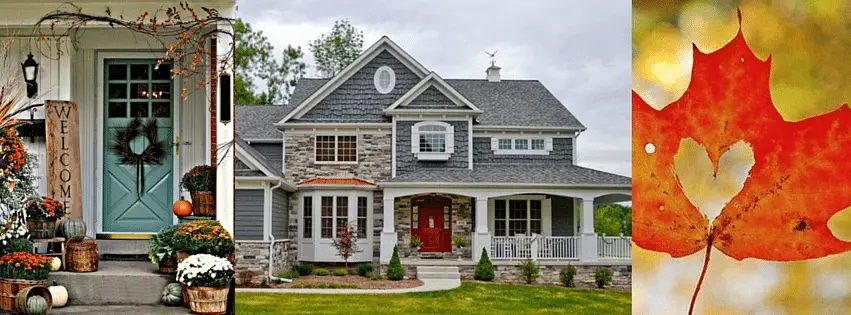
Looking for information on how to finance home improvement? We can help with Synchrony financing. We also offer excellent promos such as 50% off installation on ALL products, 0% APR Financing & $0 down, and no payments now. Check our current promotion for information on $0 payment terms.
We hope you found these fall home maintenance tips helpful. Use these tips to continue saving energy all year long. Join our mailing list to learn additional excellent home exterior solutions maintenance tips ideas.





